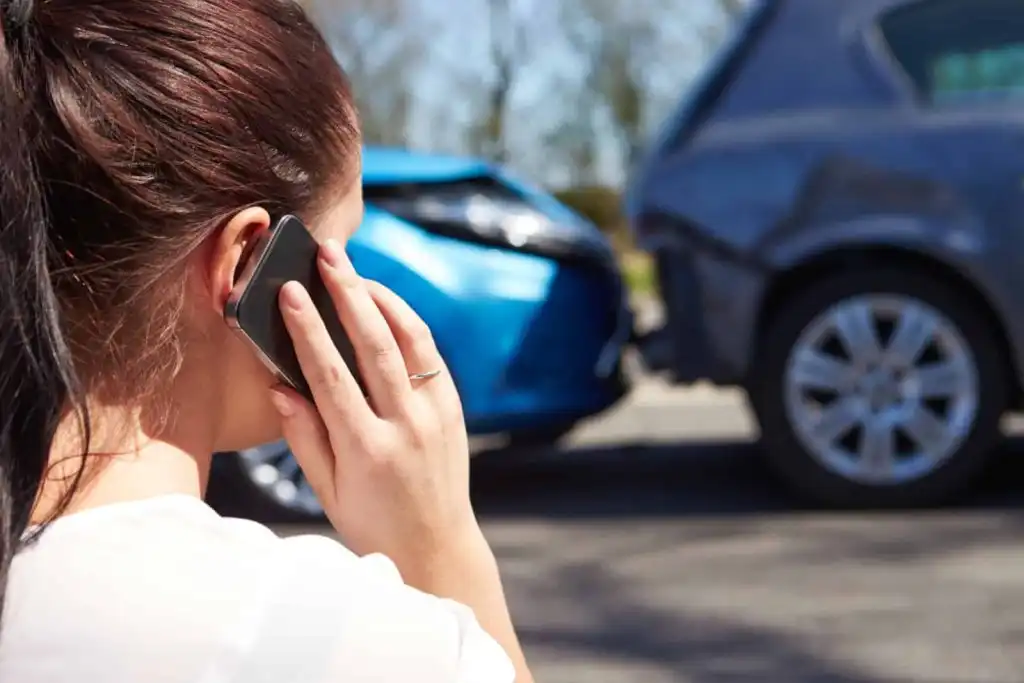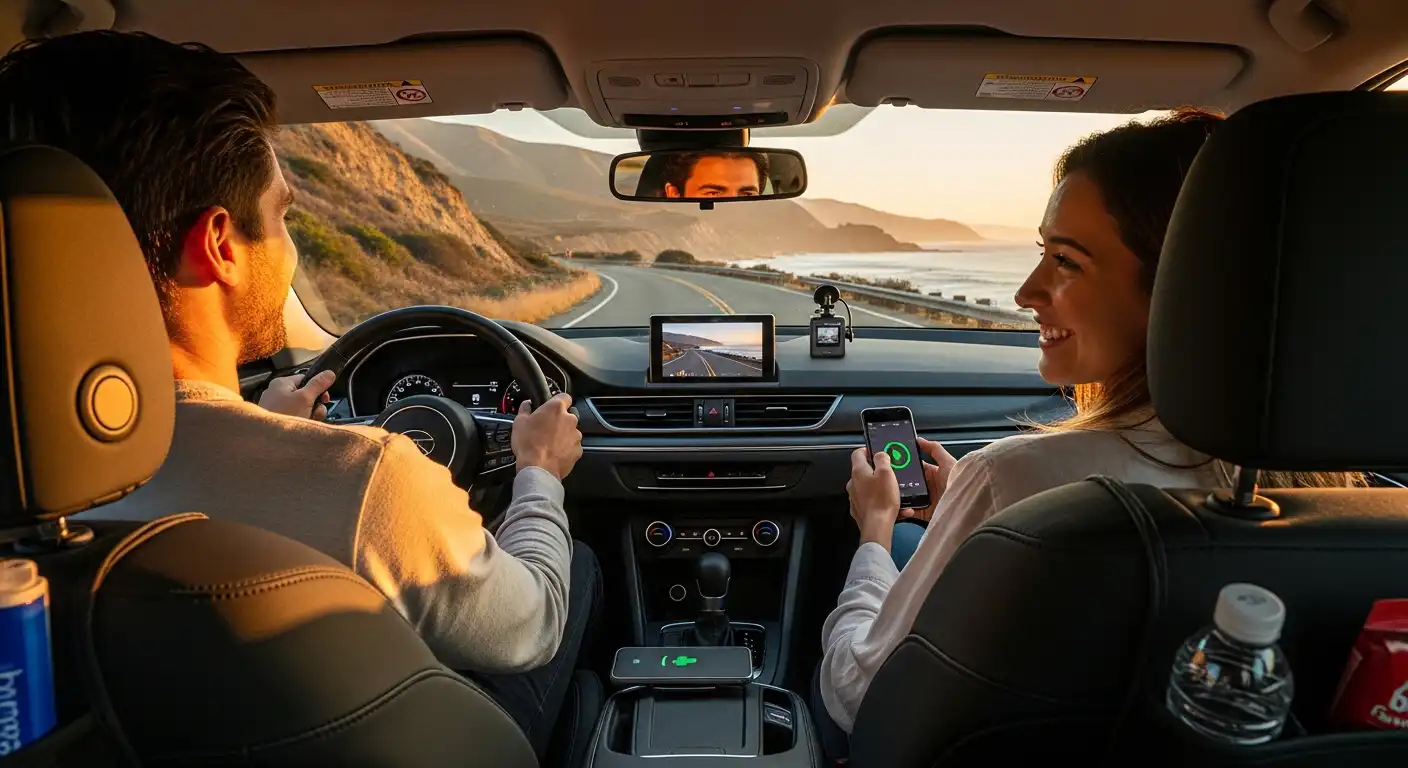Being involved in a car accident can be a shocking and overwhelming experience, but knowing what to do immediately after the incident can help you stay calm and ensure that you’re properly protected. Whether the accident was minor or severe, there are important steps you must take to protect your safety, preserve your rights, and prepare for any necessary legal or insurance claims.
In this blog, we’ll walk you through the essential steps to take after a car accident, from checking for injuries to filing a claim with your insurance company.
1. Ensure Your Safety and Check for Injuries
The first thing you should do after a car accident is to make sure that everyone involved is safe. If possible, move your vehicle to a safe location, away from traffic, to prevent further accidents. Turn on your hazard lights to alert other drivers.
-
Check Yourself and Passengers for Injuries: If you or your passengers are injured, call 911 immediately for medical assistance. Even if you don’t feel hurt right away, it’s important to be checked by a medical professional, as some injuries—such as whiplash or internal injuries—may not show symptoms immediately.
-
Do Not Move Seriously Injured People: If someone is seriously injured, do not attempt to move them unless they are in immediate danger (such as from a fire). Moving someone with a potential spinal injury can cause further harm.
2. Call the Police
For most accidents, especially if there are injuries, significant damage, or disputes about fault, you should call the police. Having an official police report can be crucial for insurance claims and legal proceedings.
-
Cooperate with the Authorities: When the police arrive, provide them with accurate details of the accident. Answer their questions, but don’t admit fault or speculate about how the accident occurred. The police will gather information from all parties involved and create a report, which will help determine liability.
-
Request a Copy of the Report: Ask for the police report or the case number, as you may need it for insurance claims or legal purposes.
3. Exchange Information with the Other Driver(s)
After ensuring safety and contacting the authorities, you need to exchange information with the other driver(s). This includes:
-
Name and Contact Information: Get the full name, phone number, and address of the other driver(s).
-
Insurance Information: Ask for the other driver’s insurance company name, policy number, and contact details.
-
Driver’s License Number and Vehicle Registration: Take note of the other driver’s license number and vehicle registration details. Also, get the make, model, and color of the other vehicle(s) involved.
-
Witness Information: If there are any witnesses to the accident, ask for their contact information as they may be helpful in verifying the details of the accident.
4. Document the Accident Scene
Gathering evidence is essential for proving liability and filing insurance claims. Be thorough in documenting the scene of the accident:
-
Take Photos: Use your phone or camera to take pictures of the accident scene, including:
-
Damage to your vehicle and the other vehicle(s)
-
Skid marks, traffic signs, and road conditions
-
The surrounding area (especially if road hazards or poor weather conditions contributed to the accident)
-
-
Note the Time, Date, and Location: Write down the exact time, date, and location of the accident. Include any specific details such as weather conditions or visibility that may have affected the accident.
-
Diagram of the Accident: If possible, draw a simple diagram of the accident, showing the positions of the vehicles and how the collision occurred.
5. Avoid Admitting Fault
It’s important not to admit fault or apologize to the other driver, even if you think you might be responsible for the accident. In the heat of the moment, emotions can influence what you say, but an apology or admission of guilt could be used against you later in legal or insurance proceedings.
-
Let the Insurance Companies Determine Fault: The determination of who is at fault should be left to the police and insurance companies after reviewing the evidence. Your job is to document the facts and avoid making statements that could be misinterpreted.
6. Contact Your Insurance Company
As soon as possible after the accident, report the incident to your insurance company. Failing to report the accident in a timely manner could result in complications with your claim.
-
Provide the Facts: When speaking to your insurance company, provide them with a factual account of the accident. Do not speculate about who was at fault. Provide them with the details of the other driver(s), any police report numbers, and photographs of the damage.
-
File a Claim: If you’re injured or your car is damaged, you will need to file a claim with your insurance provider. Depending on your coverage, your insurance may cover your medical expenses, vehicle repairs, or a rental car while your vehicle is being repaired.
7. Seek Medical Attention Even if You Feel Fine
After the accident, even if you don’t feel any immediate pain, it’s essential to see a doctor. Some injuries, such as whiplash, concussions, or internal injuries, may not show symptoms immediately. Waiting too long to seek medical attention can hurt your health and your personal injury claim.
-
Keep a Record of Your Injuries: Document any injuries and treatments you receive. This will be important for any personal injury claims or legal action you decide to pursue.
8. Keep Track of All Expenses and Lost Wages
In addition to medical bills, you may have other expenses or lost wages resulting from the accident. Keep a detailed record of all related costs, including:
-
Medical bills and treatments
-
Prescription costs
-
Physical therapy sessions
-
Costs for a rental car or transportation
-
Lost wages due to time missed from work
These expenses will be crucial in calculating your compensation and supporting your claim.
9. Consult with a Personal Injury Lawyer
If you’ve suffered significant injuries or the accident was caused by the negligence of another driver, it may be a good idea to consult with a personal injury lawyer. They can help you navigate the legal process, negotiate with insurance companies, and ensure you receive the compensation you deserve.
-
Why Hire a Lawyer?: A personal injury lawyer can assess your case, handle communications with insurance companies, and fight for your best interests in court if necessary. They can also help you recover damages for medical expenses, lost wages, pain and suffering, and other losses you may have experienced as a result of the accident.
10. Follow Up on Your Claim and Recovery
Once you’ve filed your claim and sought medical treatment, it’s important to stay involved in your case:
-
Follow up with insurance companies to check on the status of your claim and make sure all paperwork is in order.
-
Attend all medical appointments and follow your doctor’s recommendations for recovery.
-
Document any new symptoms or injuries that arise after the initial accident, as they may be related to the accident and could impact your claim.
Conclusion
Being involved in a car accident is a stressful experience, but knowing what to do immediately afterward can make a significant difference in the outcome of your case. Prioritize safety, gather evidence, and seek medical attention, then follow through with the necessary legal and insurance steps to ensure you’re fairly compensated for your injuries and losses.
If you’ve been involved in a car accident, don’t hesitate to contact a personal injury lawyer to discuss your case. With the right guidance, you can navigate the legal process and recover the compensation you deserve.



